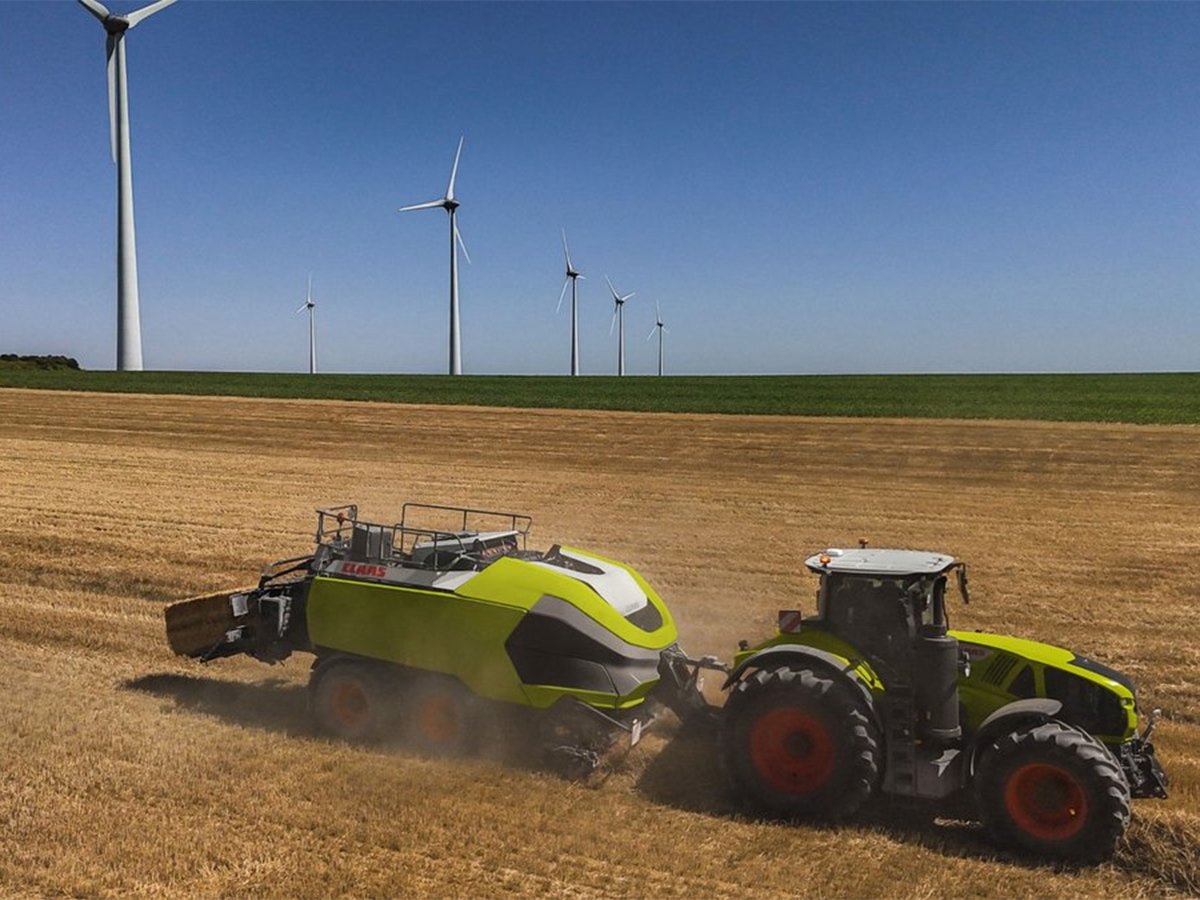First there was cyberspace. Then came cyberpets, little computerized toys that have to be fed, played with and cleaned up after.
Now the newest movement in computer simulation is a cyberanimal – the animat.
Animats are at the centre of an international study, part of it going on at the Prairie Swine Centre in Saskatoon, to examine how pigs interact with their environment and each other.
In this case the particular species of animat being scrutinized is the cyberpig.
Animats are computerized animals programmed to learn from their virtual experiences and from data gathered from real animals.
Read Also

Machinery automation runs through 2025 Agritechnica innovation awards
Computer vision and AI processing for farm machinery show up many times in Agritechnica’s 2025 innovation award winners.
A computer program creates a virtual pen with specific dimensions and fills it with animats, according to Harold Gonyou, one of the scientists involved with the project in Saskatoon.
“We create the animats and give them their shape. We have to give them a location in the pen that’s created randomly. Then we program the animats to start moving around the pen. When they do so, they bump into other animats, and those are the encounters we record,” said Gonyou.
The animals are programmed to get food, water and a place to lie down, he said. “We’re programming them to do the things pigs usually do.”
Through this, the researchers hope to create better livestock barns and pens that will give animals the space they need.
At the end of the day, researchers can see how many times the animats bump into each other and the area where they meet, for example, at the feeder or waterer, Gonyou said.
He said knowledge of when and how real pigs move about in the pen helped build the program.
“We know how often a pig gets up to eat in a day, and we know how much time they spend eating, and we know what times of the day most of that eating takes place.”
But Gonyou isn’t expecting to see major changes in barn structure soon.
“The industry will be very hesitant to make major changes, because there are huge investments there.”
Gonyou said it may eventually be possible for farmers to buy the program to work on their own barn designs, but that is in the distant future.














